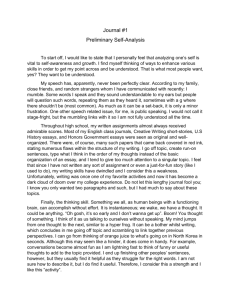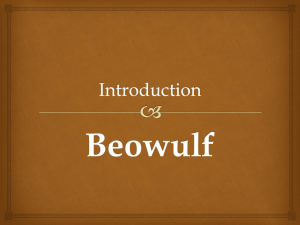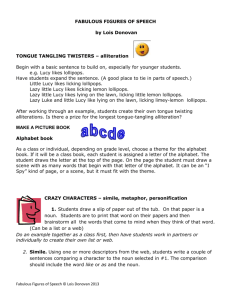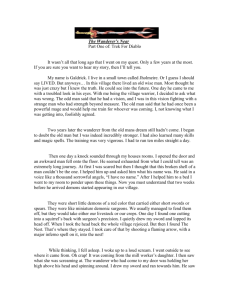Metonymy & Synecdoche and Modes of Composition
advertisement
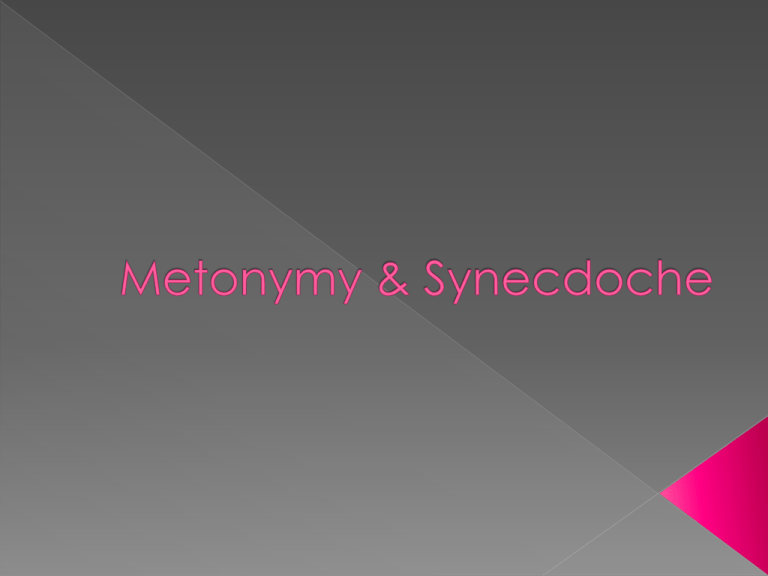
Greek for “change of name” A figure of speech in which an object is not called by its own name, but a word closely associated with it Its rhetorical purpose is to add irony, wit, and embellishments to the text as it refers to an object indirectly “He loves the bottle” – A man does not necessarily love the glass bottle, but the content in it, alcohol. “The suits on Wall Street walked off with most of our savings” – the suits represent the businessmen of Wall Street “Plastic” represents credit cards or superficiality “The pen is mightier than the sword” Words are superior to combat. “Pen” is used to represent words, and “Sword” is used to represent battle/violence. Greek for “accepting a part as responsible for the whole, or vice versa.” A figure a speech in which a PART of an object describes the whole, or the whole describes a part of something. Rhetorically, it can be used to emphasize certain characteristics of characters, or to quickly identify something Using the word “Wheels” when talking about a vehicle. Wheels are only a PART of the vehicle, but it is understood that the whole car is being referenced A rancher says he has “200 head of cattle” It is understood that “head” refers to the whole animal. “Give me a hand with building this house.” You do not really want only the person’s hand to help you; you want their whole body. It is understood that the PART of the body, the hand, represents the whole body. Synecdoche is also being used when one substitutes a WHOLE for a part. For example, in the Olympics, when it is said that the US has won a gold medal, what is really meant is that a small part (an individual or a team) has won a medal. In this case, the WHOLE (of the US) is used to represent the PART (the individual or group) who won. METONYMY AND SYNECDOCHE VIDEOS http://www.youtube.com/watch?v=0tA gzlh566E
